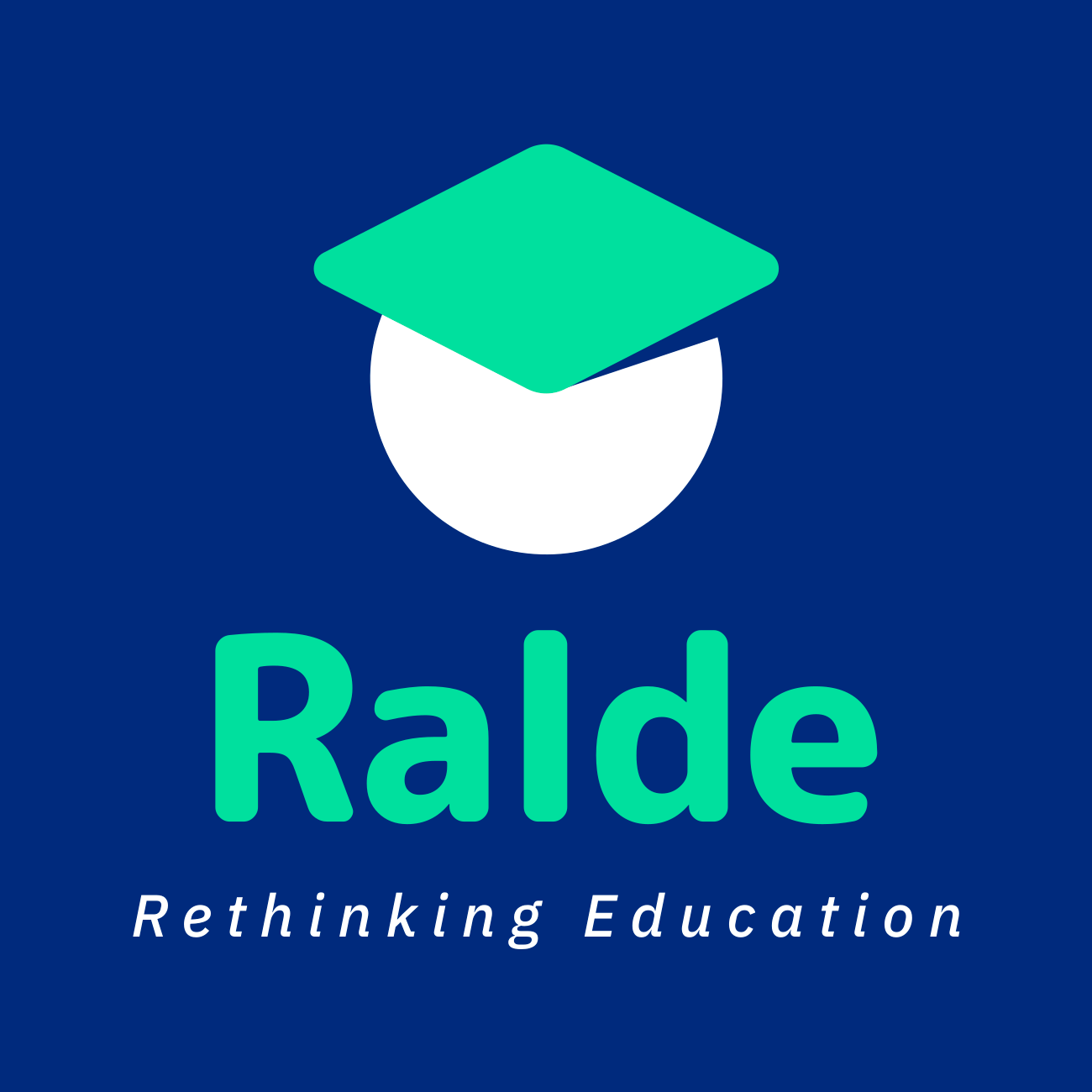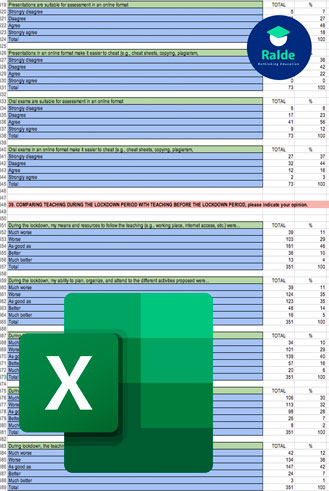Understanding Education in the COVID Era
Why this project exists
It’s no secret that the COVID-19 pandemic brought unprecedented challenges and changes to the educational landscape. It significantly impacted both students and teachers as, almost overnight, traditional classrooms had to be transformed into virtual learning environments. It’s a shift that required resilience, while adapting to new technologies that us educators weren’t always familiar with.
Students
Students found themselves navigating a new world of remote learning, technological barriers, struggling with motivation and even more importantly, missing the vital social interactions and hands-on experiences that physical classrooms offered. The isolation and digital fatigue led to concerns about our student’s mental well-being and engagement levels.
Teachers
On the other hand, teachers were tasked with redesigning their entire curricula for online platforms, often with limited resources, digital literacy and training. They had to develop new strategies to maintain student engagement and learning effectiveness with little to no previous understanding of digital teaching methods. This period highlighted the critical importance of adaptability, technological readiness, and the need for strong support systems in education, reshaping how learning is approached and delivered in a post-pandemic world.
LOCKDOWN GENERAL IMPACT
The last part of the survey was dedicated to general items related to resources, abilities to plan, organize, and attend teaching activities, and social interactions for both students and teachers. It also covers student progress and the quality of the teaching provided, from both the students’ and the teachers’ points of view.
Nearly half (i.e., 46%) of the students reported that their resources to follow the teaching during the lockdown were as good as before, while 40% reported that they were worse or much worse. In the same vein, the students’ ability to plan, organize, and attend different activities during the lockdown was as good as before in 35% of the cases, while nearly half of them (i.e., 46%) pointed out that their ability was worse or much worse. Regarding their progression during the lockdown, 40% of the students stated that it was as good as before, while a similar proportion (i.e., 39%) think that their progress was worse or much worse. Surprisingly, 14% and 19% of the students claim that their sources and ability to plan and attend different activities, respectively, were better or much better than before the lockdown. Moreover, 25% reported better or much better progression during the lockdown. It’s not surprising that the figures for these three items are quite similar, as it’s logical to assume that they are interrelated. Teachers reported a slightly worse scenarios than students in the mentioned items.
Social interactions with teachers and peers were clearly affected during the lockdown; 62% of the students reported having worse or much worse interactions, and only 9% reported having it better or much better. In the case of the teachers, 79% reported that they had worse or much worse interactions, and only 3% reported having it better or much better.
Students
How was the teaching I received during the pandemic lockdown?

Teachers
How was the teaching I provided during the pandemic lockdown?

Regarding the quality of the teaching, that half of the students believe that the teaching received during the lockdown was worse or much worse than before, while the other half thinks it was at least as good. Also, here teachers reported a worse scenario: 60% reported that the teaching provided was worse or much worse than before.
In general, though the evaluation of the mentioned items was quite similar between students and teachers, students seem to be more satisfied during the lockdown period than the teachers.
This is where the RALDE project comes in. We initiated a comprehensive teacher and student survey across our four partner universities. Our primary aim was to gain a deeper understanding of the core challenges and experiences faced by our students and teachers during this unprecedented transition to remote learning. By gathering first hand insights from those directly affected, we tried to identify the key issues in our educational approaches under the constraints of the pandemic.
This survey was crucial for us to learn from real-life experiences, to understand the effectiveness of our digital tools, and to gauge the mental and emotional well-being of our academic community. These findings were then used to guide us in refining our work packages, rethink teaching methods and better prepare for future disruptions in education.
A Closer Look at the Survey Data
For those who seek a deeper understanding, our detailed survey reports and raw data (XLSX) are just a click away. These documents offer the analysis of the responses of the educational landscape during COVID-19. Available for free download, they serve as a valuable resource for educators, policymakers, and anyone interested in the future of education.


